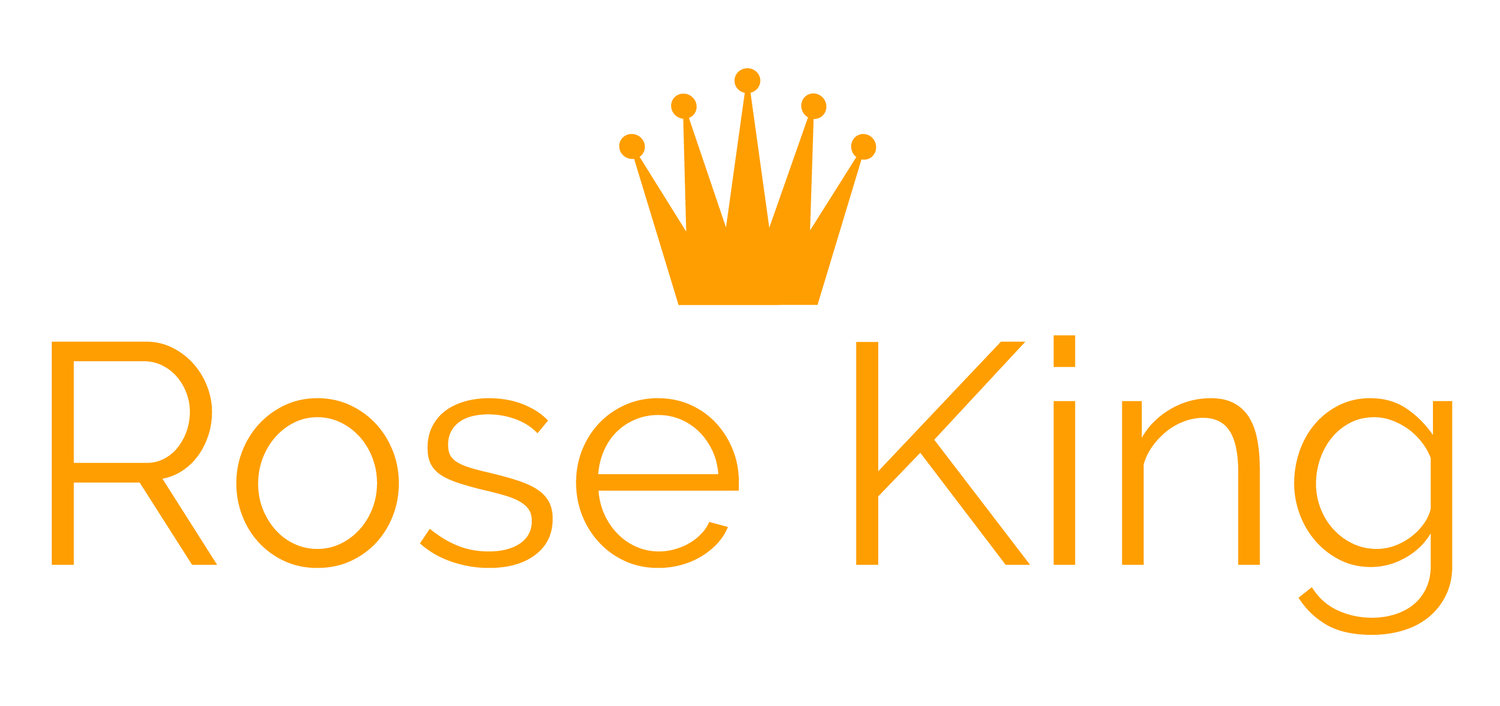Why tell a story or anecdote during a presentation? They humanize the speaker and are far more memorable than a list of facts. They also help create an emotional connection with the audience.
There’s another reason story telling is so important. Neuroscience.
In the 1990s, Giacomo Rizzolatti and his colleagues at the University of Parma, Italy were studying the motor cortex of macaque monkeys. They learned that neurons in monkey’s brains “fired both when the monkeys grabbed an object and also when the monkeys watched another primate grab the same object.”
Did you know that our brains don't distringuish between hearing about an action and actually doing it? [Photo credit: shreekar]
They had discovered mirror neurons and the fact that our brains don’t distinguish between hearing about an action and physically doing an action. That’s why, when you see someone stub their toe, you wince. Or why a guy watching the NHL playoffs jumps off the couch when a goal is scored. The fan’s mirror neurons fire, convincing him that he shot that howitzer into the back of the net.
Telling a story, or even a short anecdote, activates the brains of your audience members. A list of facts or a cumbersome slide deck taps the language processing part of the brain, but stories let people live an experience as you’re sharing it.
If you’ve told your story in a compelling way, they’re more apt to follow the call to action that you’ve issued.

![Did you know that our brains don't distringuish between hearing about an action and actually doing it? [Photo credit: shreekar]](https://images.squarespace-cdn.com/content/v1/56b15eefb6aa6091b8ce7fc2/1526656974673-WZ4N47RN4ACYHGBA62MZ/shreekar-p-359184-unsplash.jpg)